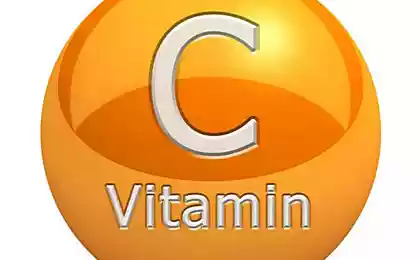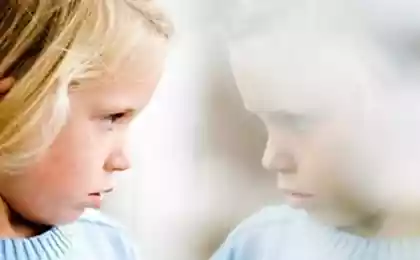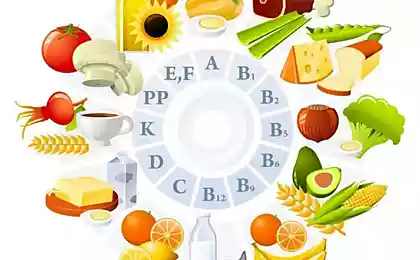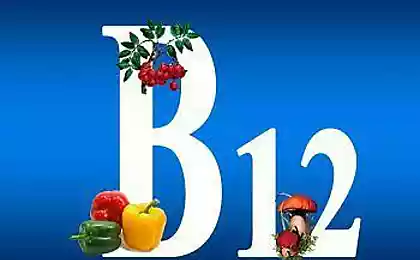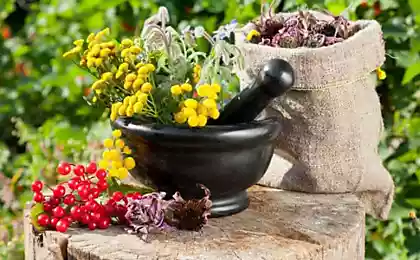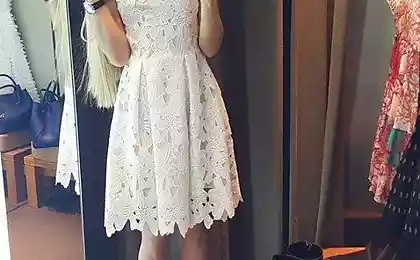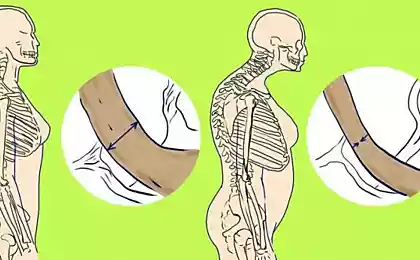526
Sage contains almost 1500% of the daily value of vitamin K

Known for its spicy taste and incredibly rich in vitamins sage is one of the most popular medicinal herbs. It was used by the ancient Romans. This legendary herb has numerous advantages. It is used in traditional medicine of Europe and China and is valued for its medicinal properties and ability to prevent disease. This evergreen is widespread in the Mediterranean and in the South-Eastern part of Europe. Botany will take the sage to the family Lamiaceae and genus Salvia. Its scientific name — Salvia officinalis. Sage prefers a sandy alkaline soil. It requires sufficient sunlight. Sage reaches 75 centimeters in height and has a tree-like stems that branch, so it applies to the shrubs.

On resource Nutrition And You about the medicinal and nutritional properties of sage said many interesting things. The texture of the fragrant sage leaves reminiscent of the stone. The surface is soft, it's fuzzy on both sides. During the summer, the sage blooms purple-blue "bouquets" of flowers, which attract bees.
Cultivated several varieties of sage that are used as medicine and in cooking.
- Three-lobed sage (S. fruiticosa or S. triloba). Characterized by lobed leaves, grows in the Mediterranean region and is widely used when brewing tea from sage.
- Pineapple sage (S. rutilans). Its fresh leaves give a special flavor to desserts and drinks.
- Clary sage (S. sclarea). Its leaves have a strong aroma. Usually infusions based on them are used for gargling. Clary sage have found applications also in the perfume industry.
- Azure sage (S. azurea). Large plant with blue flowers. Mexico is considered a generic drug.
Parts of sage contain many important plant-derived chemical compounds, essential oils, minerals and vitamins, which are known for their abilities to prevent illness and improve health.
The main biologically active components of conventional sage is its essential oil, which mostly contain ketones; α-thujone and β-thujone. In addition sage leaves contain many other connection, including cineole (evkaliptola), borneol, tannin (tannic acid); fumaric, chlorogenic, caffeic and nicotinic acids; nicotinamide (lincocin); flavones; flavonoid glycosides and estrogenic substances. Together these components are known for their anti-inflammatory, irritating, anti-allergic, protivogribkovye and antiseptic properties.
Thujone is a rival of gamma-aminobutyric acid and serotonin (5-HT3). It increases mental focus, attention and speed of thinking. For this reason, sage tea has long been considered a "thinkers tea".
Three-lobed sage (S. triloba) contains saligenin flavone (salvigenin). Studies show that the vasodilator effect saligenin could be protected from cardiovascular diseases.
Sage is exceptionally rich source of several B-complex vitamins, including folic acid, pyridoxine and Riboflavin. The content of pantethine is much higher recommended daily allowance.
Sage in significant amounts contains vitamin A and beta-carotene. 100 grams of dried ground sage contains 5900 international units (IU, IU) of vitamin A, which is about 196% of the recommended daily allowance. Vitamin a is a powerful natural antioxidant and is important for night vision. It is also required to maintain healthy skin and mucous membranes. Eating natural foods rich in vitamin A, is considered to be a way to prevent lung cancer and oral cavity.
Fresh sage leaves are a good source of vitamin C antioxidant (32.4 milligrams, that is, 54% of the recommended daily norms of consumption). Vitamin C helps the synthesis of structural proteins such as collagen. Its presence in the body in sufficient quantities helps to maintain the integrity of blood vessels skin organs and bones. Regular consumption of foods rich in vitamin C helps protect from scurvy, develops resistance against infectious agents (increasing immunity) and removes from the body harmful, contributing to the agents of free radicals.
Parts of the plant in fresh or dried are a rich source of minerals, including potassium, zinc, calcium, iron, manganese, copper and magnesium. Potassium is an important component of cell and body fluids that helps control heart rate and blood pressure. Manganese is used by the body as a contributing factor in the antioxidant enzyme superoxidedismutase.
Selecting and storing sage
The aroma of fresh sage leaves is less saturated than in dried. Prefer beautiful leaves, not limp and without spots. Dried sage is sold in the form of powder.
Keep plastic containers with fresh sage in the fridge. Dried sage should be stored in airtight containers in a cool, dry and dark place. In this case, he will remain for several months.
The use of sage in medicine

The essential oil produced from sage, is considered as having the properties of an inhibitor of the enzyme acetylcholinesterase (Ach). This allows you to increase the level of acetylcholinesterase in the brain. This enzyme increases the concentration and probably plays a role in the treatment of diseases, manifesting in memory loss, like Alzheimer's disease.
Sage oil obtained from the flowering tops of the plant, contain volatile compounds, such as turpentine, cineol (evkaliptola), borneol, bornylacetate and other esters. These compounds are known for its tonic, astringent, diaphoretic and stimulant properties.
Sage oil is also used as a means of irritating, soothing the soreness in tired muscles, rheumatism and neuralgic conditions.
This oil — in combination with other components — also used in preparing massage oils and aromatherapy. It reduces nervousness, anxiety and fatigue, and eases headaches and stress.
Sage, be careful
Resource Nutrition And You said that the use of sage in large quantities can be dangerous, cause nervous irritation and convulsions. It can not be used with epileptic conditions.
Sage should not be consumed during pregnancy, such as chemical compounds like thujone can stimulate the uterus and lead to miscarriage.
Nutritional value of sage
In parentheses are the percentage of the daily allowance. Nutritional value is based on 100 grams of crushed dried sage according to information from the Ministry of agriculture of the USA, shown in the resource Nutrition And You.
General information:
energy value — 315 calories (15,75%);
carbohydrates — 60,73 grams (47%);
protein — 10.63 grams (19%);
fats to 12.75% (42,5%);
fiber, part of the food — 40.3 grams (106%).
Vitamins:
folic acid (vitamin B9) — 274 micrograms (63%);
nicotinic acid (vitamin B3) — 5,720 milligrams (of 35.75%);
pyridoxine (vitamin B6) — 2,690 milligrams (206%);
Riboflavin (vitamin B2) — 0,336 milligrams (26%);
thiamine (vitamin B1) — 0,754 milligrams (68,5%);
vitamin a — 5900 international units (IU, IU) is 196%;
vitamin C 32.4 mg (54%);
vitamin E — 7.48 milligrams (50%);
vitamin K — 1714,5 micrograms (1429%).
Electrolytes:
sodium 11 milligrams ( potassium 1070 mg (23%).
Minerals:
calcium 1652 mg (165%);
copper — 0,757 milligrams (84%);
iron — 28,12 milligram (351%);
magnesium — 428 milligrams (107%);
manganese — 3,133 milligrams (136%);
zinc — 4,70 mg (43%).
Phytonutrients:
alpha-carotene (α-carotene) — 0 micrograms;
beta-carotene (ß-carotene), which is rich in carrots — 3485 micrograms;
beta-cryptoxanthin (ß-cryptoxanthin) — 109 micrograms;
lutein-zeaxanthin — 1895 micrograms.published
Source: hi-news.ru

